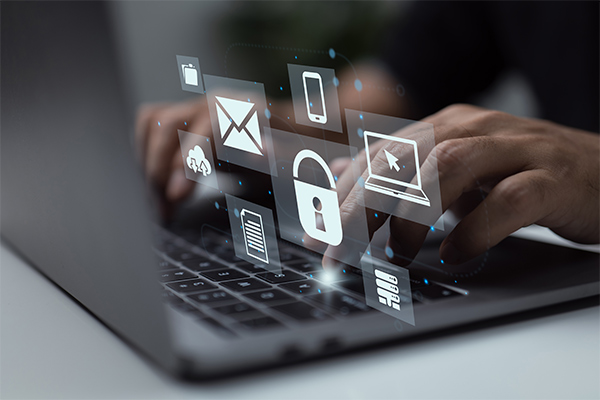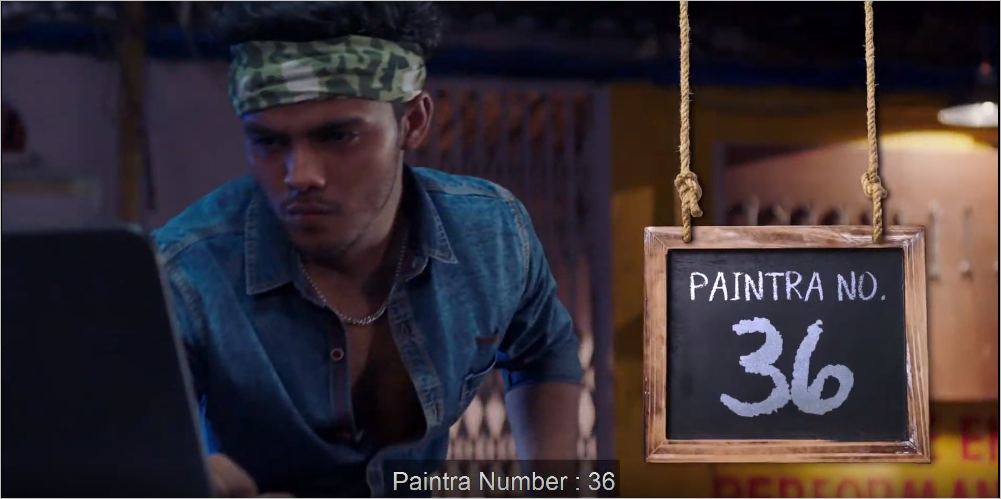A gentle reminder on how to use the internet safely

Amid the pandemic, a typical day in the household includes parents in a work-from-home setup, attending virtual meetings and miming signals for lunch breaks behind closed doors. At the same time, the kids also sit in front of a computer for their ‘regular’ school.
The situation was no different at Kumar’s. As Naina, Kumar’s wife took a break to check up on the kids, she happened to notice different pop-ups on the screen from not-so-friendly sites. Thoughts like ‘did I turn off parental control?’, ‘I wonder if the other parents saw this too’, ‘How do I set screen time boundaries with my kid’ raced through her mind as she went in to have a conversation with Kumar about this. They considered various possibilities from being strict about using the laptop during school hours to reporting to the teacher about avoiding such situations. However, none of them seemed to be the solution. It soon became evident that a conversation about ‘safe internet’ was imminent.
Have you experienced this situation in your house? While it is impossible to stop kids from using laptops and mobile phones for education, friendly banter among children can kindle a curiosity to push the envelope of screen time and usage. On the other hand, we ourselves need to be abreast of using the internet safely and wisely. The internet is an ocean, and unless you have spent time in the waters knowing the waves, it becomes difficult to surf well.
Three generations of internet users – Boomers, Millennials, and Gen Z – use the internet differently. While one has a more diverse, social presence, the others consider the internet the one-stop for all things business, banking, entertainment, and social. The only common ground for all three generations is that they are internet users and hence need to be aware of the safety rules. When we go into the water, a lifeguard on land tells us to be aware, right?
That being said, let us introduce ‘Safer Internet Day.’ Globally, Safer Internet Day is celebrated in February to promote the safe and positive use of digital technology for children and young adults and inspire a national conversation about using technology responsibly, respectfully, critically, and creatively.
Although we have good knowledge about using this global wheelhouse of information, there are few things one can share with fellow users to be on the sunny side of the internet. Here are a few things we think you can do –
As times changed, children and young adults’ need and use for the internet evolved. We have moved from the weekend-only ‘screen time’ rule to the ‘screen off time’ rule. While most children play online video games or follow skateboard reels on popular social media channels, remember to give them a brief about cyberbullying and age-restricted websites. If you have children who are constantly online, ensure parental control is set on all devices and inform them of the say. We need them to be transparent with us; let us reciprocate the same.
Talk to teenagers about using chat apps and social channels cautiously. It might be a difficult conversation to hold, but one that cannot be skipped. In a world where everything is perceived at face value, we want them to be safe and make the right choices.
If you or your immediate family have expanded the use of the internet from games and social media to banking and trading, remember to #RahoCyberSafe. Digital banking is one of the most convenient and futuristic ways to bank. RBL Cares is a chatbot initiative by RBL Bank that puts the safety of the customers first while offering access to bank accounts and credit cards, addressing queries related to the products, processes, and services using AI and NLP to manage customer queries. It is one of the smartest ways to bank anytime, anywhere. While banks offer such secure modes of banking experience, it is also important to remain diligent. Here are a few things you can do to have a safe banking experience:
- Always use a secure network to login into internet banking through desktop or mobile. This can be your home network or mobile hotspot. Avoid public wi-fi for mobile transactions.
- While using the payment gateway, check the URL. All secure URLs have ‘HTTPS’ signifying that the website has an SSL certificate that acts as a safety check.
- Avoid storing card information online. It is safer to always enter the number and CVV for every transaction.
- Remember that UPIN is mandatory online for payments and not receipts when using digital wallet services. If you are receiving money, there is no authentication required.
- A simple but often neglected rule of thumb – log out of the mobile banking and desktop banking page upon completion of work.
- If your bank allows a two-step login with OTP, activate it. It gives you control over your access, irrespective of location.
- Bank employees do not ask for CVV or other sensitive information over phone calls. Inform your family about such calls to avoid any mishaps.
We are constantly moving and working toward a goal. But remember that being diligent about safety is imperative to a happy life. The Kumars eventually had a conversation with their children about safe internet. They explained how it is normal to explore but there are some boundaries to be followed. The honest conversation allowed the children to open up and feel comfortable too. Thanks to the success of this conversation, they went a step ahead and also reminded their parents and close friends about using their internet for banking, cautiously.
The internet is an ocean and without proper training and precaution, you will not want to venture into it. But unlike the ocean, the waves can be in your control when you are well-informed. We hope you ride the waves of the ocean more safely by following these simple steps.
Share this article with a friend or a family member who is dealing with a similar situation and let them #RahoCyberSafe.

 Blog
Blog Blog
Blog







Comments
No comments yet.